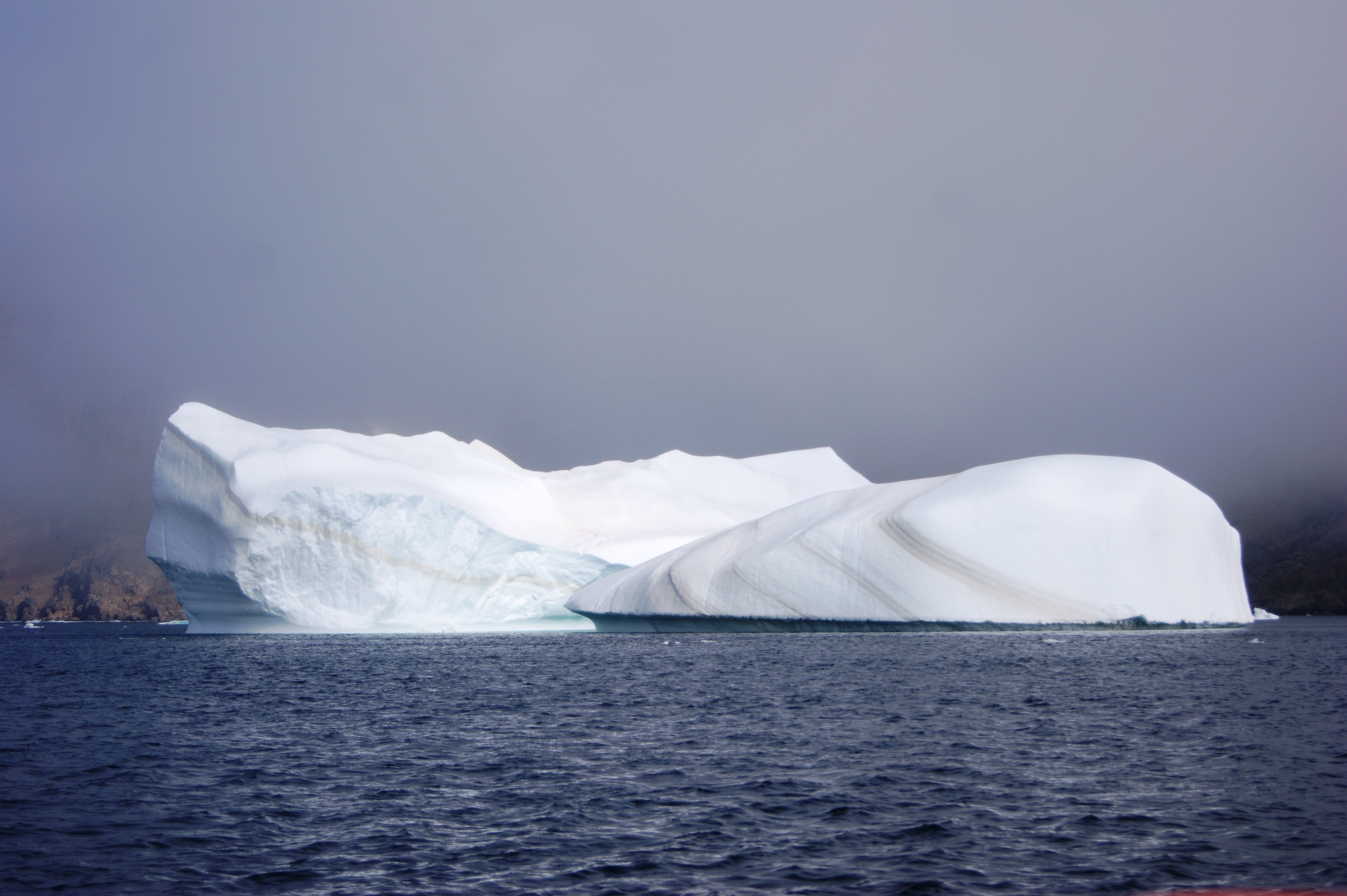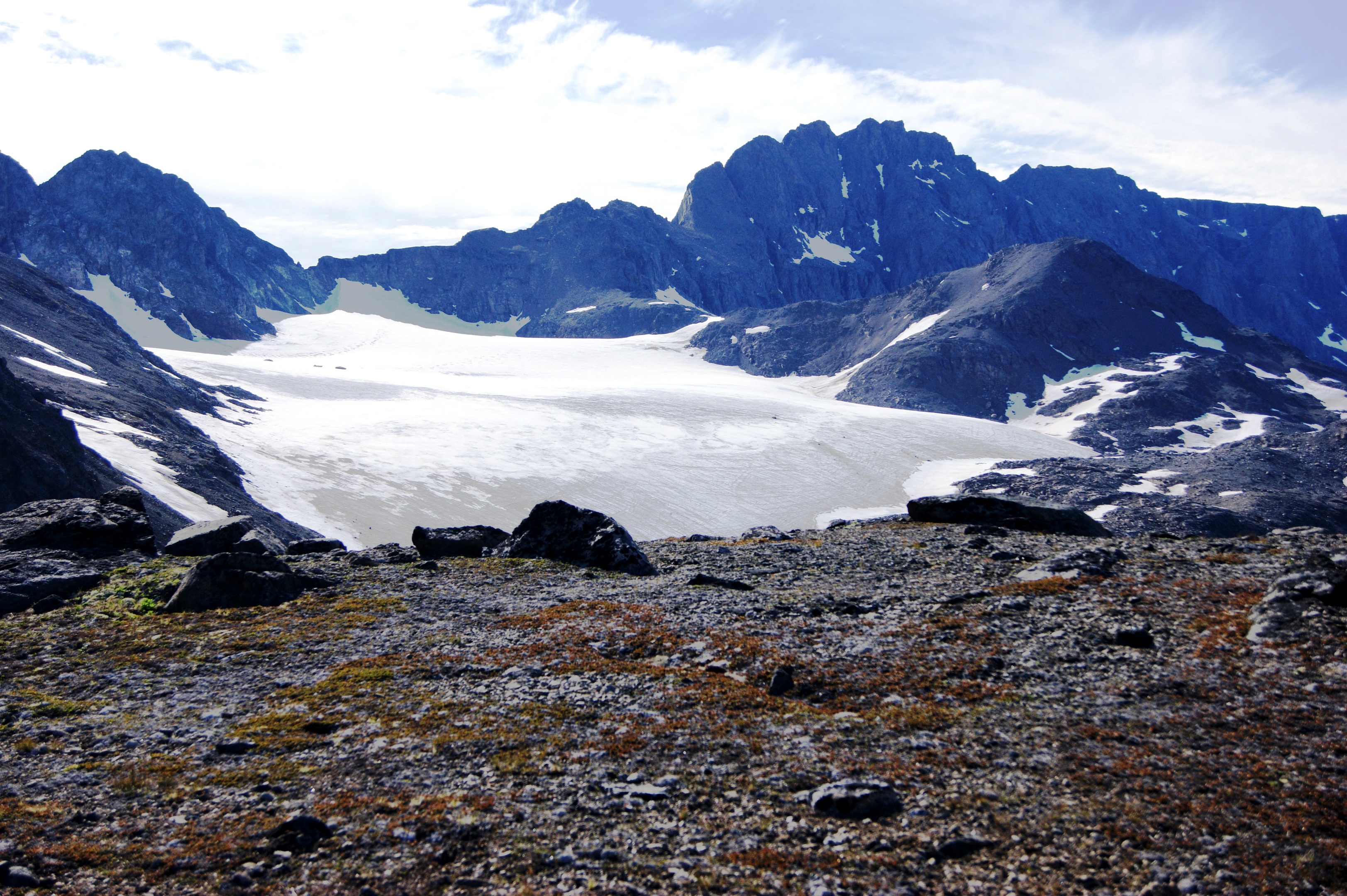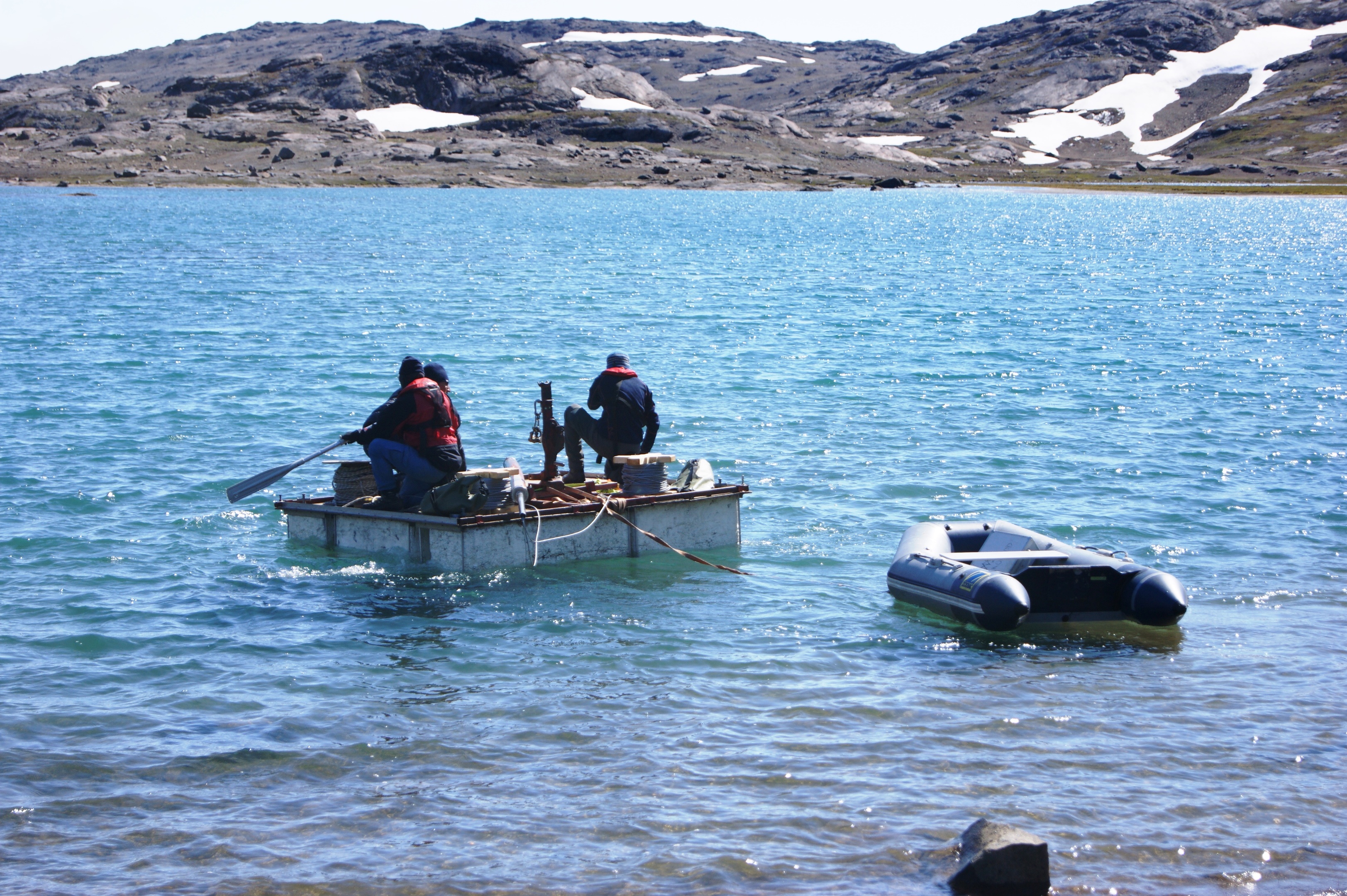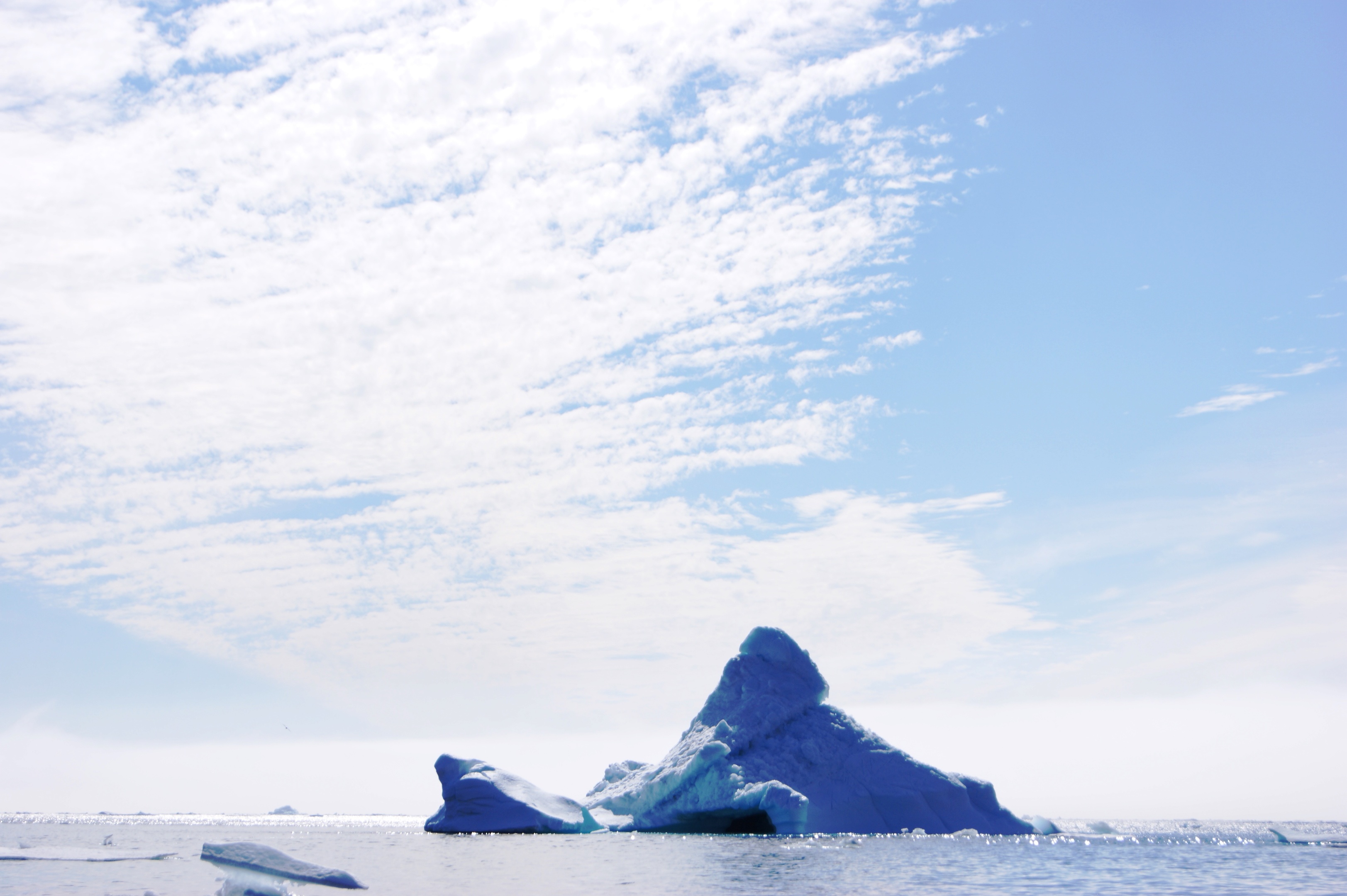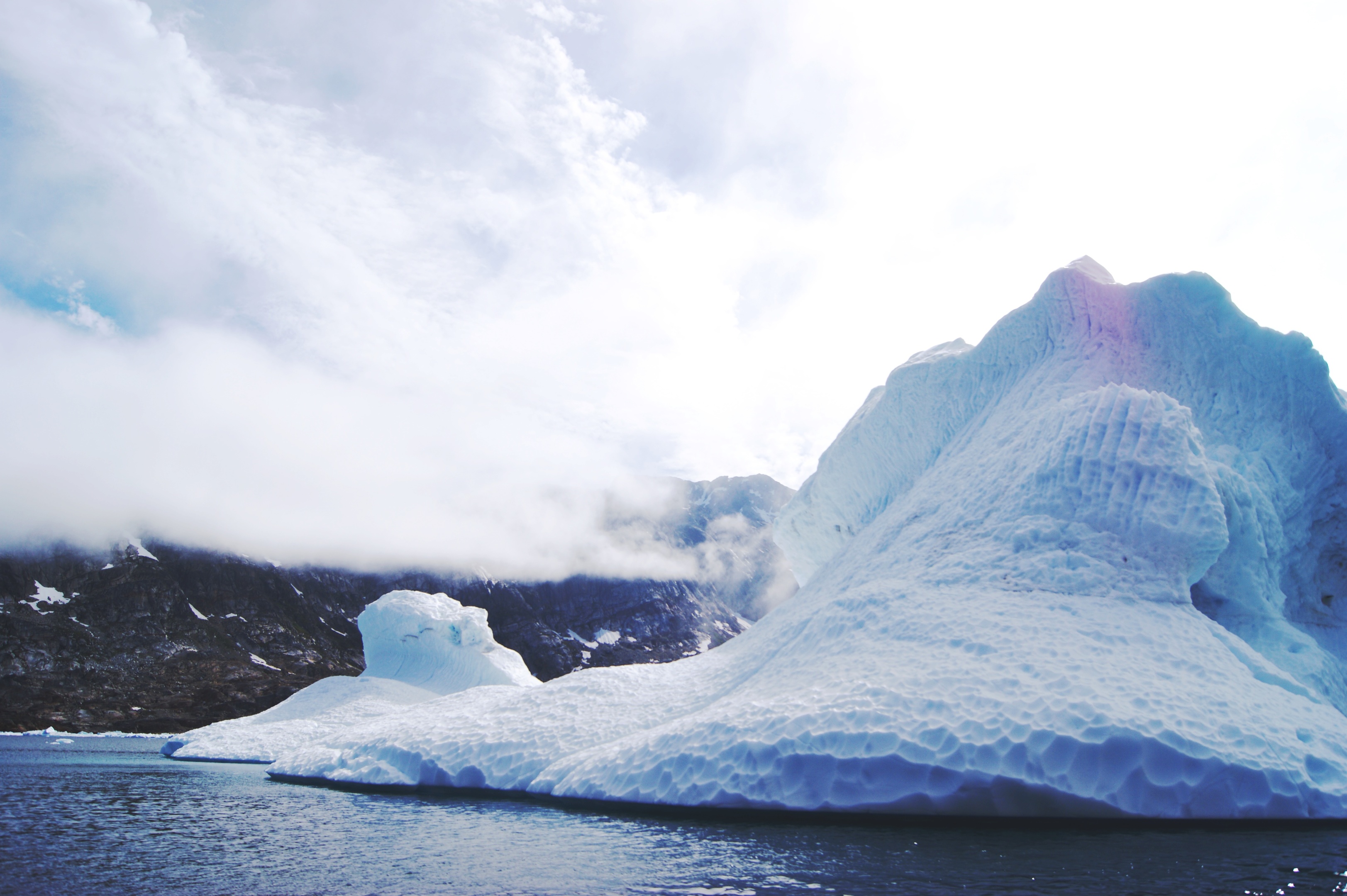Experts from Aberdeen University have delved to the bottom of an Arctic lake to chart the impact of climate change over the past 10,000 years.
A team of geoscientists travelled beyond the margins of the Greenland ice sheet to retrieve samples from the bed of the glacier-fed pool, which is ice-free only during the summer months.
By analysing the sediment, the group – which included scientists from the University of Bergen – hope to understand how the glacier behaved in the past, giving an indication of what the climate was like thousands of years ago.
Researcher and project leader Craig Frew said: “The samples will hopefully give us a good insight in to the south east of Greenland during that time.
“These sorts of studies all come together to show how the climate has behaved in the past.
“We have less than 100 years of detailed observations of climate available on a global scale so this kind of research is very important to ensuring we have a much greater understanding of what the climate was like and how it has fluctuated over long periods of time.”
The team travelled to an island called Ammassalik in southeast Greenland and retrieved the samples by taking a small raft onto the lake and lowering a piston corer about 65ft down.
These were then shipped to Bergen for radiocarbon dating and other analyses.
Mr Frew added: “Understanding climate change in this part of the world is very important – we know if the ice sheet was to disappear we will be looking at a significant sea level rise which would affect us all.
“The climate has varied over the past 10,000 years and there have been times that were warmer and colder than present.
“What we need to do is understand what the climate system is doing and how this part of the world responds and how the glaciers react to this.”
The five-strong team consisted of Mr Frew, Dr Matteo Spagnolo and Dr Brice Rea from Aberdeen University and two PhD students from the University of Bergen.
